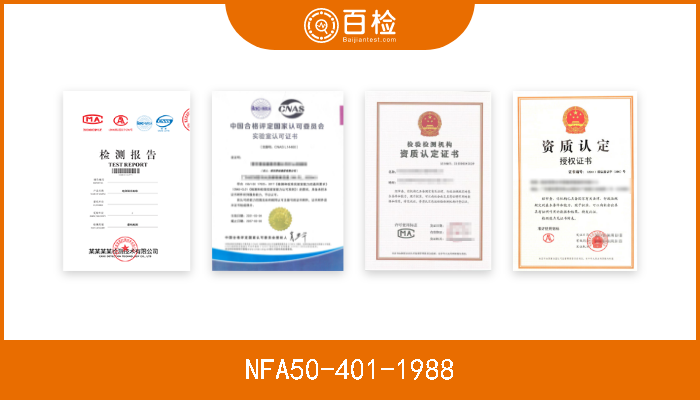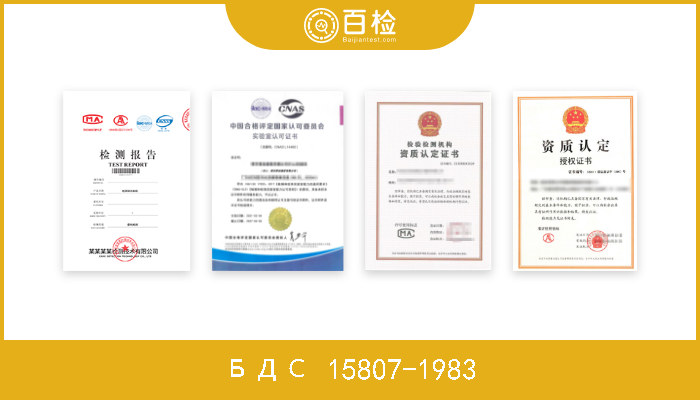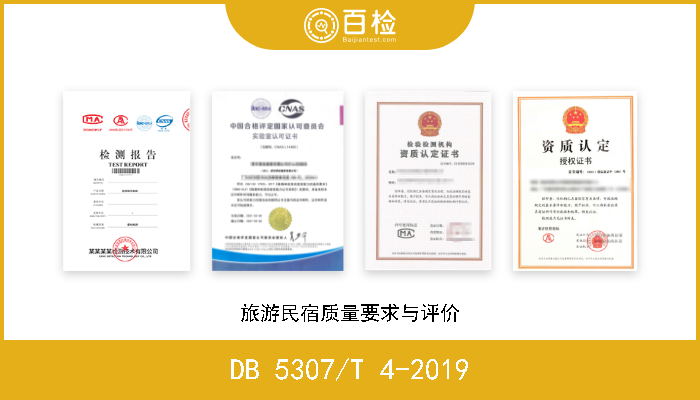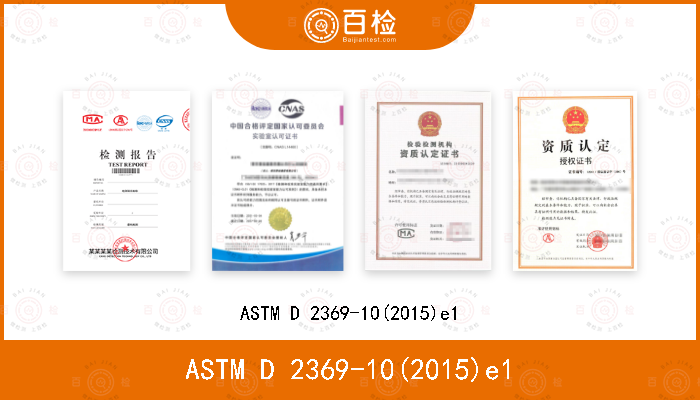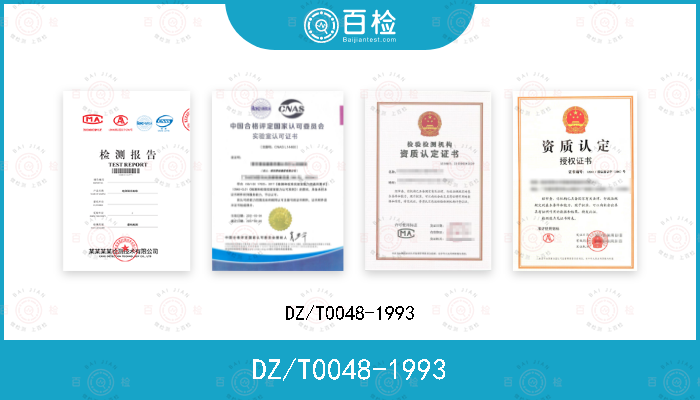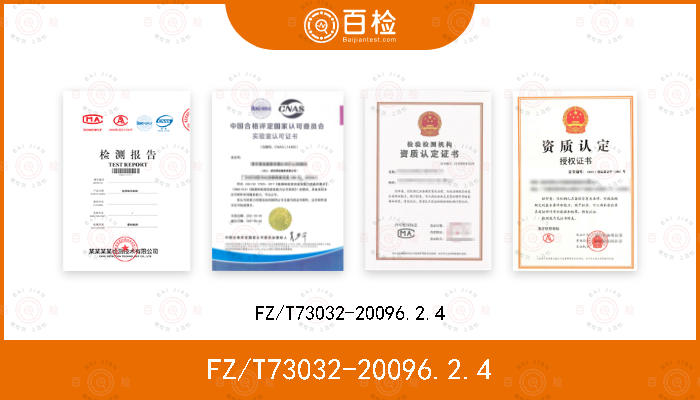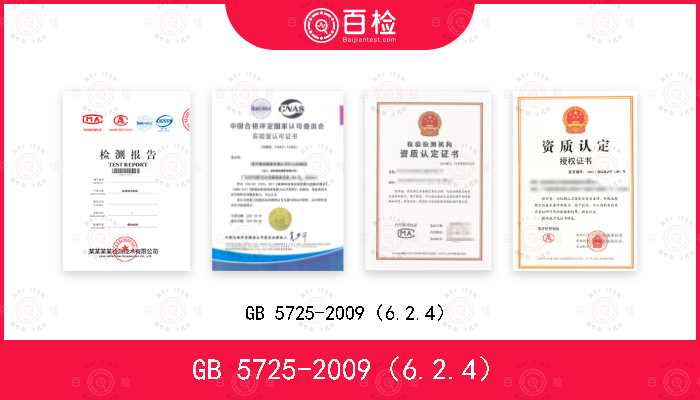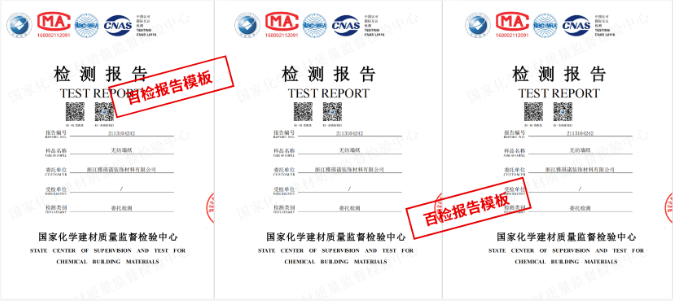BS EN ISO 10846-5-2009 声学和振动.弹性元件振动声传导特性的实验室测量.第5部分:平移运动弹性支座低频传导刚度的传动点测定法
百检网 2021-07-15
标准号:BS EN ISO 10846-5-2009
中文标准名称:声学和振动.弹性元件振动声传导特性的实验室测量.第5部分:平移运动弹性支座低频传导刚度的传动点测定法
英文标准名称:Acoustics and vibration - Laboratory measurement of vibro-acoustic transfer properties of resilient elements - Part 5: Driving point method for determination of the low-frequency transfer stiffness of resilient supports for translatory motion
标准类型:Z32
发布日期:2009/8/31 12:00:00
实施日期:2009/8/31 12:00:00
中国标准分类号:Z32
国际标准分类号:17.140.01;17.160
引用标准:ISO 266;ISO 2041;ISO 5348;ISO 7626-1;ISO 10846-1;ISO 16063-21;ISO/IEC GUIDE 98-3
适用范围:This part of ISO 10846 specifies a driving point method for determining the low-frequency transfer stiffness fortranslations of resilient supports, under a specified preload. The method concerns the laboratorymeasurement of vibrations and forces on the input side with the output side blocked, and is called the “drivingpoint method”.The stiffness resulting from measuring the input displacement (velocity, acceleration) and input force is the dynamic driving point stiffness. Only at low frequencies, where the driving point stiffness and the transfer stiffness are equal, can this method be used for determination of the dynamic transfer stiffness.NOTE 1 In ISO 10846-2, the direct method for measuring the dynamic transfer stiffness is covered. The direct methodcovers the determination of the low-frequency dynamic transfer stiffness and it covers, in principle, a wider frequency range than the driving point method. Nevertheless, the driving point method is covered in the ISO 10846 series of international standards as well. It is considered as a valuable option for owners of (often expensive) test rigs for driving point stiffness measurements, to extend the use of these rigs with the determination of low-frequency dynamic transferstiffness.The method is applicable to test elements with parallel flanges (see Figure 1).Resilient elements, which are the subject of this part of ISO 10846, are those which are used to reducea) the transmission of vibration in the lower part of the audible frequency range (typically 20 Hz to 200 Hz) toa structure which may, for example, radiate unwanted fluid-borne sound (airborne, waterborne or others),andb) the transmission of low-frequency vibrations (typically 1 Hz to 80 Hz) which may, for example, act uponhuman subjects or cause damage to structures of any size when vibration is too severe.NOTE 2 In practice, the size of available test rig(s) determines restrictions for very small and for very large resilientsupports.NOTE 3 Samples of continuous supports of strips and mats are included in the method. Whether or not the sampledescribes the behaviour of the complex system sufficiently is the responsibility of the user of this part of ISO 10846.Measurements for translations normal and transverse to the flanges are covered in this part of ISO 10846.The method covers the frequency range from f1 = 1 Hz to the upper limiting frequency fUL. Typically50 Hz u fUL u 200 Hz.The data obtained according to the method specified in this part of ISO 10846 can be used for the following:- product information provided by manufacturers and suppliers;- information during product development;- quality control, and- calculation of the transfer of vibration through isolators.
中文标准名称:声学和振动.弹性元件振动声传导特性的实验室测量.第5部分:平移运动弹性支座低频传导刚度的传动点测定法
英文标准名称:Acoustics and vibration - Laboratory measurement of vibro-acoustic transfer properties of resilient elements - Part 5: Driving point method for determination of the low-frequency transfer stiffness of resilient supports for translatory motion
标准类型:Z32
发布日期:2009/8/31 12:00:00
实施日期:2009/8/31 12:00:00
中国标准分类号:Z32
国际标准分类号:17.140.01;17.160
引用标准:ISO 266;ISO 2041;ISO 5348;ISO 7626-1;ISO 10846-1;ISO 16063-21;ISO/IEC GUIDE 98-3
适用范围:This part of ISO 10846 specifies a driving point method for determining the low-frequency transfer stiffness fortranslations of resilient supports, under a specified preload. The method concerns the laboratorymeasurement of vibrations and forces on the input side with the output side blocked, and is called the “drivingpoint method”.The stiffness resulting from measuring the input displacement (velocity, acceleration) and input force is the dynamic driving point stiffness. Only at low frequencies, where the driving point stiffness and the transfer stiffness are equal, can this method be used for determination of the dynamic transfer stiffness.NOTE 1 In ISO 10846-2, the direct method for measuring the dynamic transfer stiffness is covered. The direct methodcovers the determination of the low-frequency dynamic transfer stiffness and it covers, in principle, a wider frequency range than the driving point method. Nevertheless, the driving point method is covered in the ISO 10846 series of international standards as well. It is considered as a valuable option for owners of (often expensive) test rigs for driving point stiffness measurements, to extend the use of these rigs with the determination of low-frequency dynamic transferstiffness.The method is applicable to test elements with parallel flanges (see Figure 1).Resilient elements, which are the subject of this part of ISO 10846, are those which are used to reducea) the transmission of vibration in the lower part of the audible frequency range (typically 20 Hz to 200 Hz) toa structure which may, for example, radiate unwanted fluid-borne sound (airborne, waterborne or others),andb) the transmission of low-frequency vibrations (typically 1 Hz to 80 Hz) which may, for example, act uponhuman subjects or cause damage to structures of any size when vibration is too severe.NOTE 2 In practice, the size of available test rig(s) determines restrictions for very small and for very large resilientsupports.NOTE 3 Samples of continuous supports of strips and mats are included in the method. Whether or not the sampledescribes the behaviour of the complex system sufficiently is the responsibility of the user of this part of ISO 10846.Measurements for translations normal and transverse to the flanges are covered in this part of ISO 10846.The method covers the frequency range from f1 = 1 Hz to the upper limiting frequency fUL. Typically50 Hz u fUL u 200 Hz.The data obtained according to the method specified in this part of ISO 10846 can be used for the following:- product information provided by manufacturers and suppliers;- information during product development;- quality control, and- calculation of the transfer of vibration through isolators.
百检能给您带来哪些改变?
1、检测行业全覆盖,满足不同的检测;
2、实验室全覆盖,就近分配本地化检测;
3、工程师一对一服务,让检测更精准;
4、免费初检,初检不收取检测费用;
5、自助下单 快递免费上门取样;
6、周期短,费用低,服务周到;
7、拥有CMA、CNAS、CAL等权威资质;
8、检测报告权威有效、中国通用;
客户案例展示
版权与免责声明
①本网注名来源于“互联网”的所有作品,版权归原作者或者来源机构所有,如果有涉及作品内容、版权等问题,请在作品发表之日起一个月内与本网联系,联系邮箱service@baijiantest.com,否则视为默认百检网有权进行转载。
②本网注名来源于“百检网”的所有作品,版权归百检网所有,未经本网授权不得转载、摘编或利用其它方式使用。想要转载本网作品,请联系:service@baijiantest.com。已获本网授权的作品,应在授权范围内使用,并注明"来源:百检网"。违者本网将追究相关法律责任。
③本网所载作品仅代表作者独立观点,不代表百检立场,用户需作出独立判断,如有异议或投诉,请联系service@baijiantest.com








